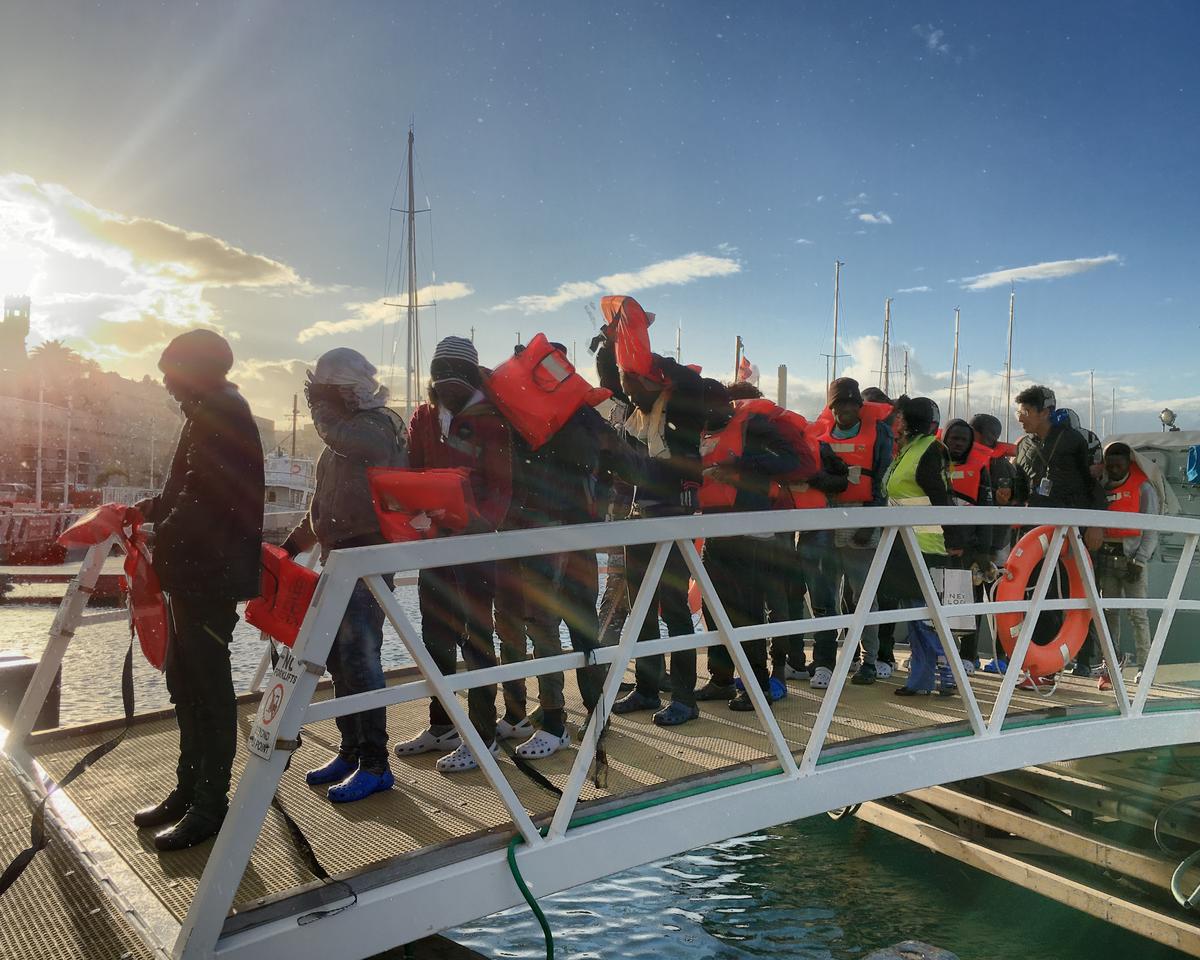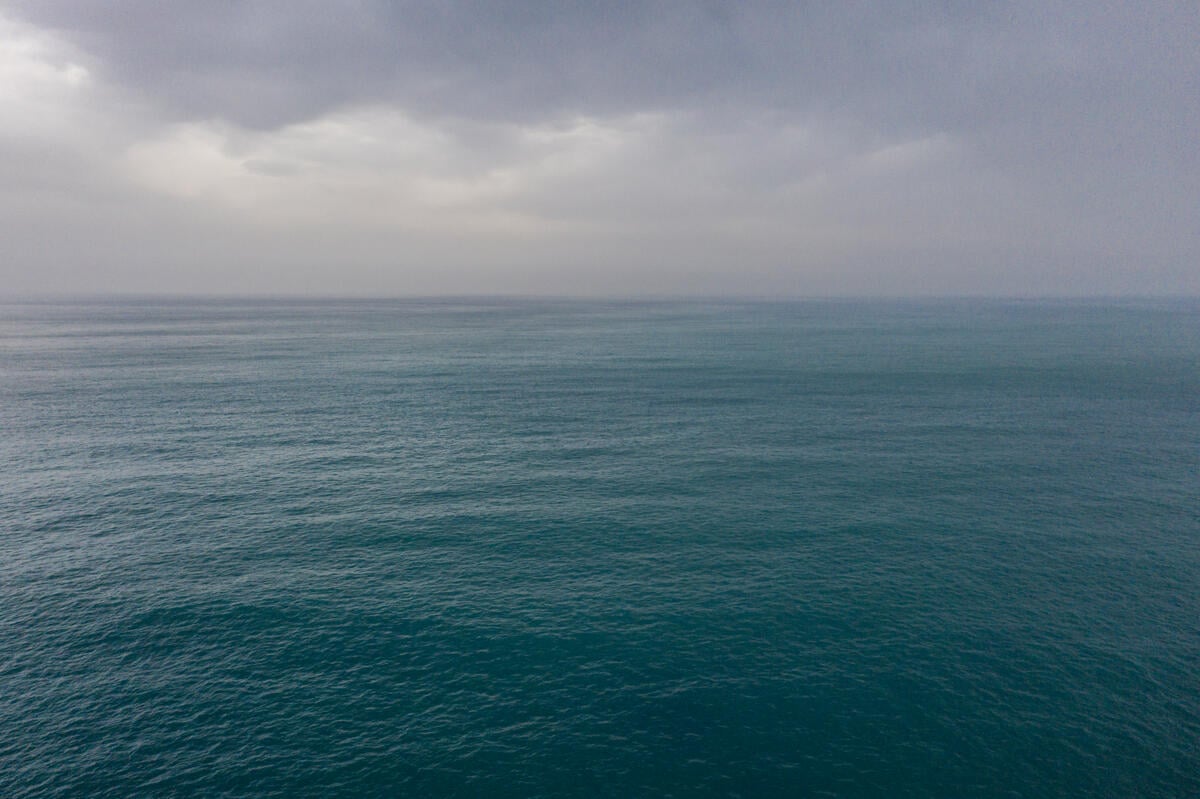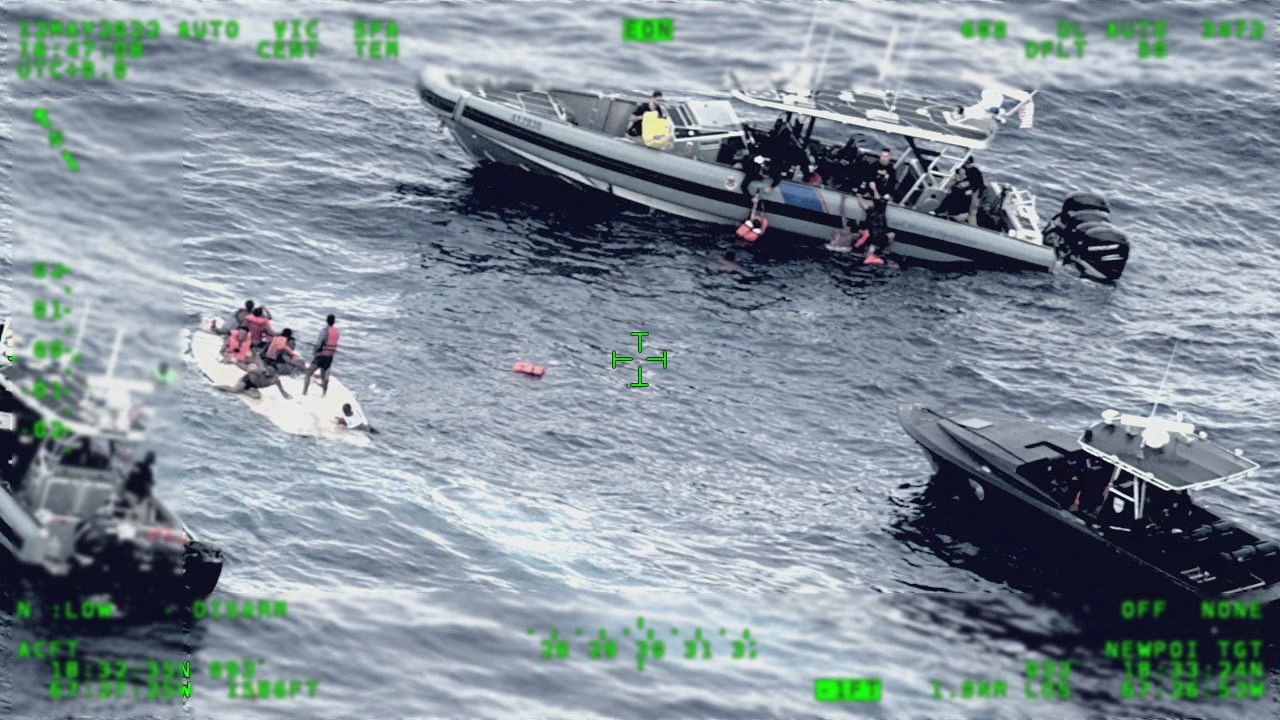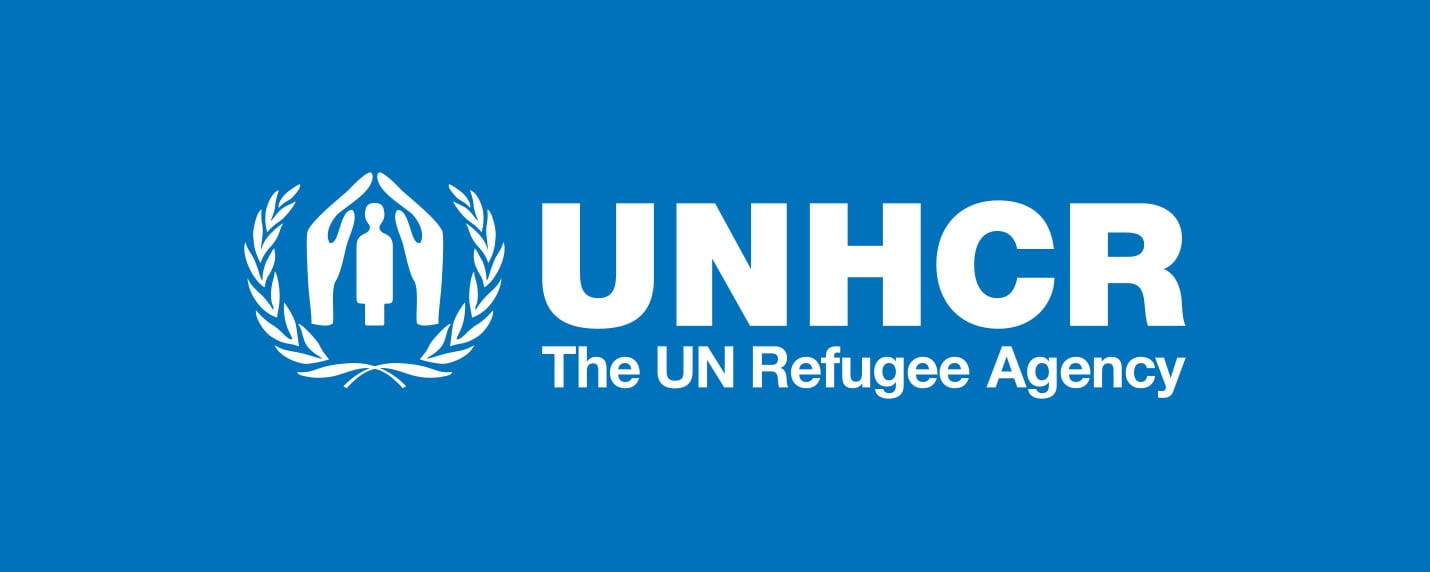Italy reception centres under strain as thousands rescued at sea
Italy reception centres under strain as thousands rescued at sea

RAGUSA, Italy, May 6 (UNHCR) - Eucalyptus trees, cacti and wild flowers line the road to the beautiful town of Ragusa in southern Sicily. In an ochre-coloured courtyard next to a baroque church, a group of young men from various African countries sit under two big olive trees.
As Italy struggled to cope with huge numbers of people rescued at sea, this ancient monastery was converted into emergency accommodation for 75 refugees and asylum-seekers. So far this year, some 60,000 men, women and children have braved the open sea, many in a desperate bid to find safety in Europe. More than 1,800 have perished in the attempt.
Zaidoun, a tall 30-year-old Syrian with a friendly smile, is among those who made it alive and is now recovering in Ragusa. Almost two weeks ago he handed all his savings, US$14,000, to people smugglers in the Turkish port of Mersin. They offered to take him, his pregnant wife and two small children, on a boat across the eastern Mediterranean to Italy.
"There were about a hundred people on the boat - mostly Syrians but also some Palestinians," he related, holding his year-old son in his arms, while his daughter, aged three, clung to his legs. "We sailed for five days until the Italian Navy rescued us. We are happy and grateful to be alive and safe."
Zaidoun and his family were taken to the Sicilian port of Pozzallo and, after undergoing medical screening and registration, were transferred to Ragusa.
"There are no standard disembarkation and first reception procedures in Italy," noted Fabiana Giuliani, a UNHCR legal associate who has been present at the arrival in southern Italian ports of numerous ships carrying people rescued at sea. "Each seaport has a different procedure and this depends on whether the people were rescued by commercial vessels or the coastguard," she said, adding that not all ports have first reception facilities and there are different types of centre, which provide short or long-term accommodation for refugees, migrants and asylum-seekers.
Conditions in these centres vary, but they are all full. New arrivals are now being transferred to cities as far as Bologna in northern Italy.
Last year, the Italian Navy launched a major search-and-rescue operation in the Mediterranean. Code-named Mare Nostrum, it deployed a large number of vessels and aircraft and is credited with saving more than 160,000 lives. Most of those rescued were taken to the port of Augusta in the Sicilian province of Syracuse.
"We have put in place a system to receive people and a network to accommodate them," said the prefect of Syracuse, Armando Gradone. "But we have to rely on volunteers to do all the work and the local facilities are overwhelmed. More staff and financial resources need to be channelled to places like Augusta and Pozzallo which are receiving thousands of people. We need a Mare Nostrum also on land!"
In the outskirts of Syracuse, on a hill overlooking the sea, a former school has been transformed into a temporary centre providing dormitory accommodation for 60 people. They receive hot meals and have access to the Internet. There is also a public telephone so that residents can call their families to let them know they have survived the sea crossing.
"The hardest thing for me is when I see small children who have undertaken such awful journeys," confides Gianpero Parrinello, the centre's director. "This is a tough job sometimes."
By William Spindler in Ragusa, Italy







